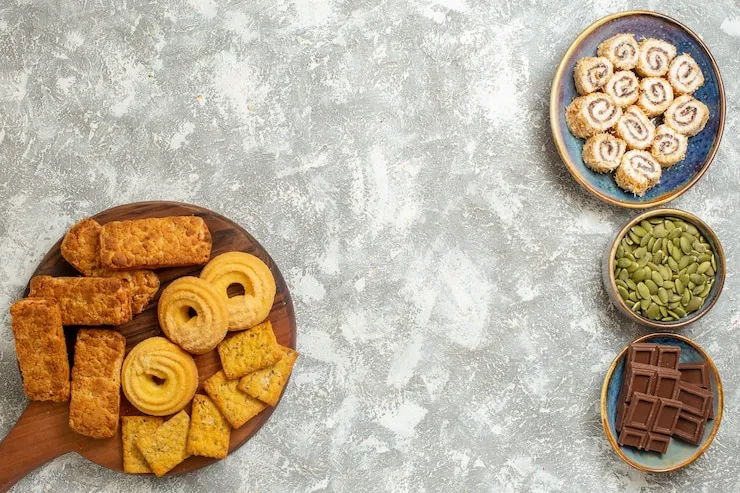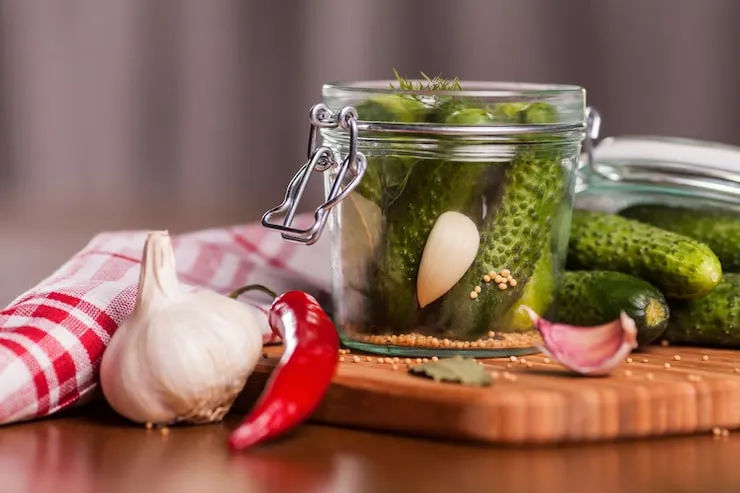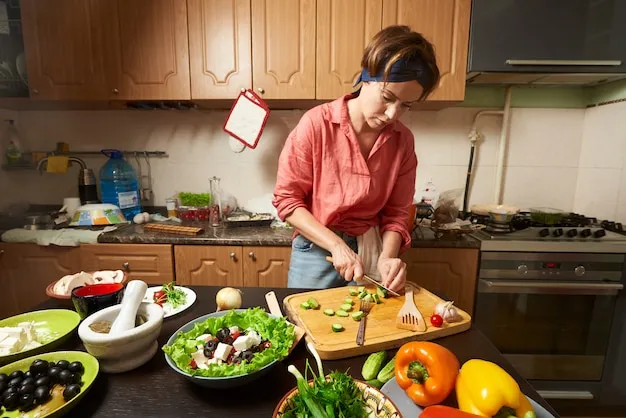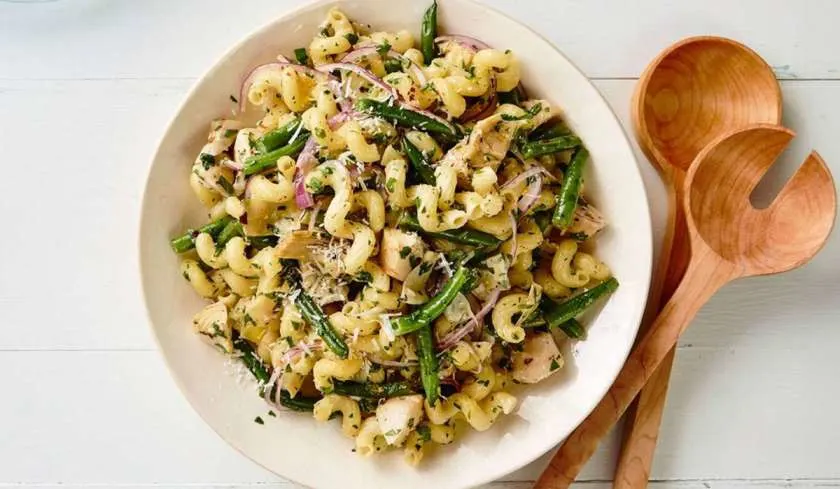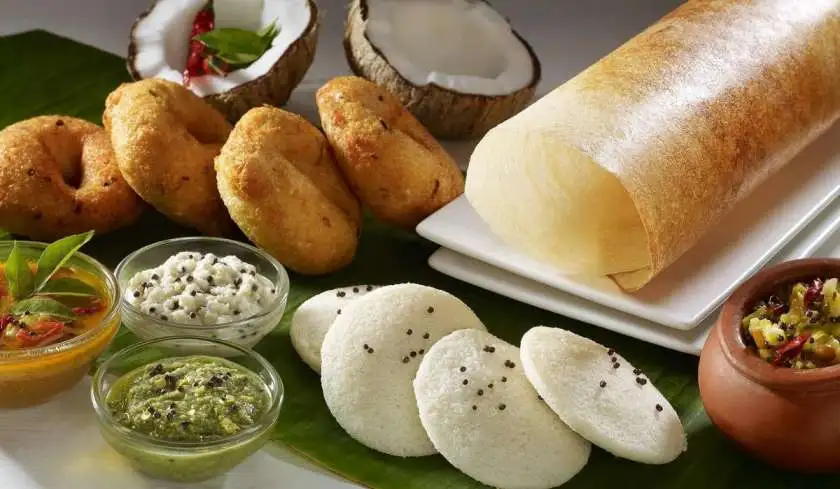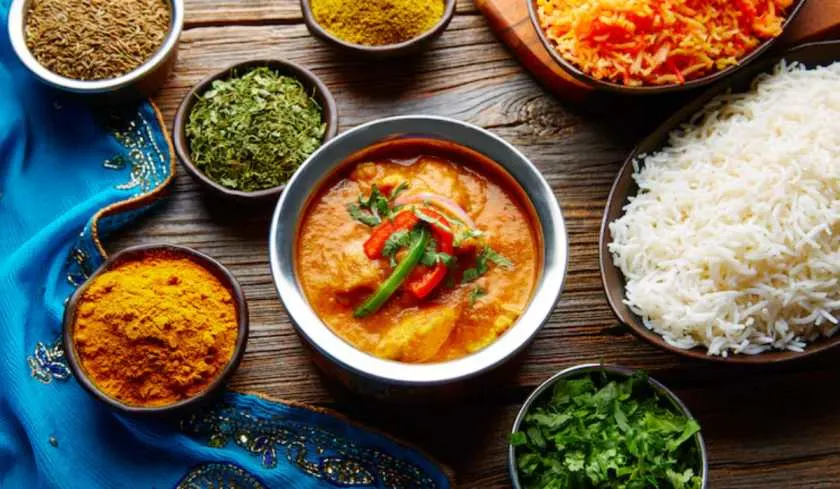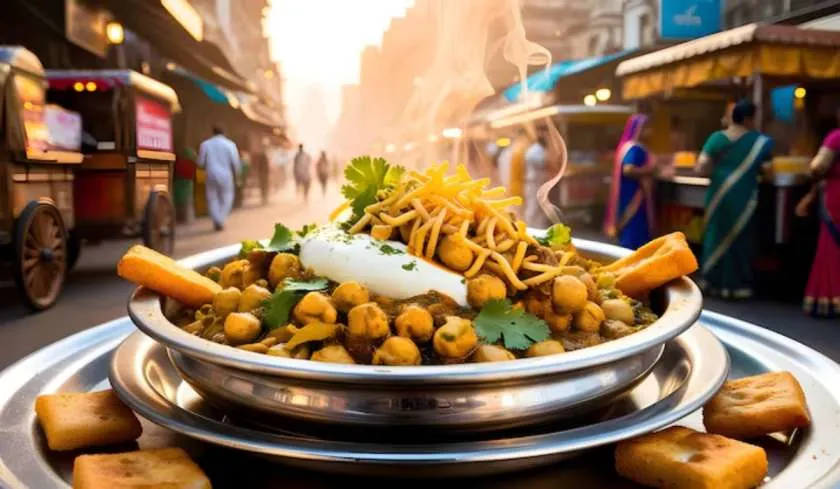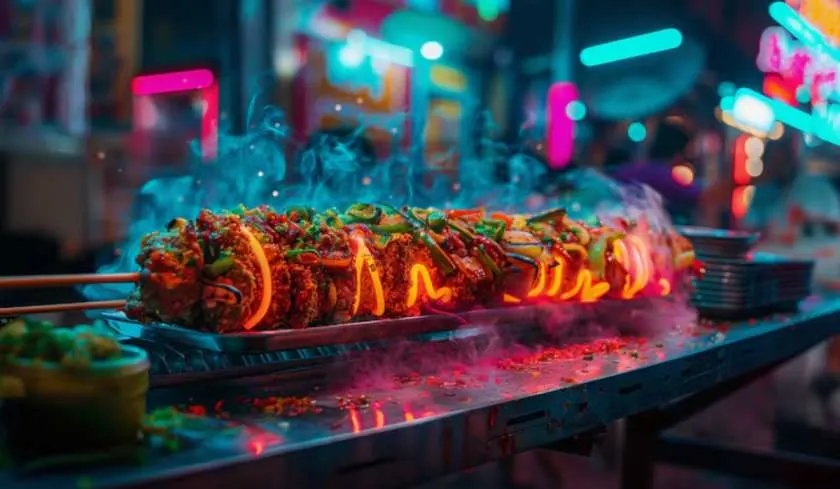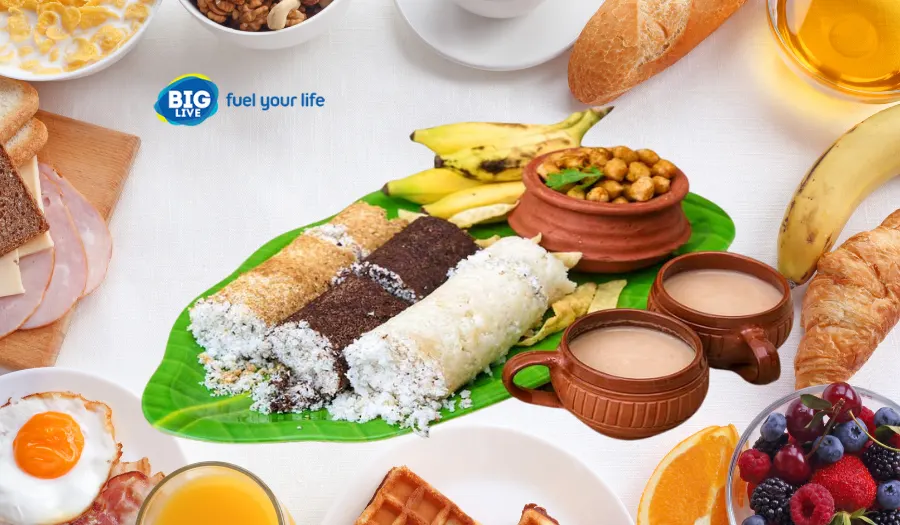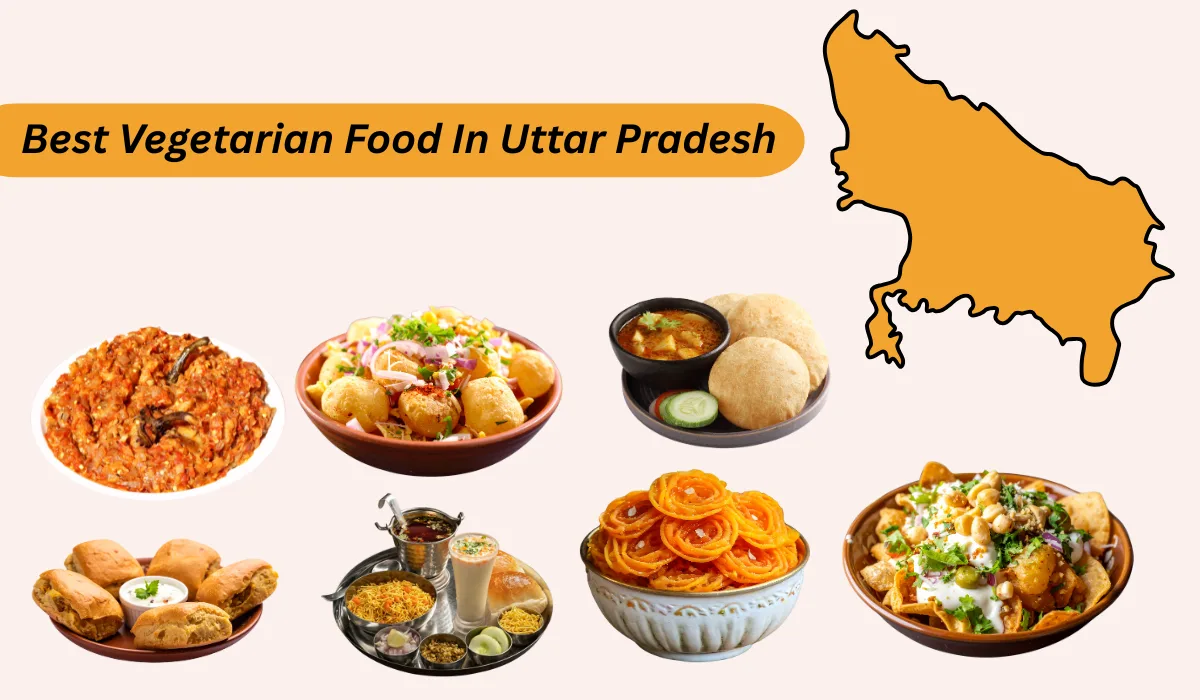Why you’ll always find something salty and sweet on a proper Gujarati plate. You ever sit down at a Gujarati dining table and feel like it’s attacking you? In a good way, I mean. You get a soft dhokla, and before you can finish that bite, someone drops a spoonful of shrikhand on your plate. And you're like—“Wait, are we doing sweGujarati Farsan vs Sweets – What's Served When & Why?t now?” Welcome to Gujarat. Land of spice, sugar, and that exact confusion.
There’s a reason why every plate here seems to balance farsan (the salty-savoury stuff) and mithai (the sweet, soft things). It’s not random. It’s tradition. It’s feeling. And yes, it’s also just... what tastes right. Let’s break it down, not like a recipe—but like how people actually eat it. Real talk.
What’s Farsan?
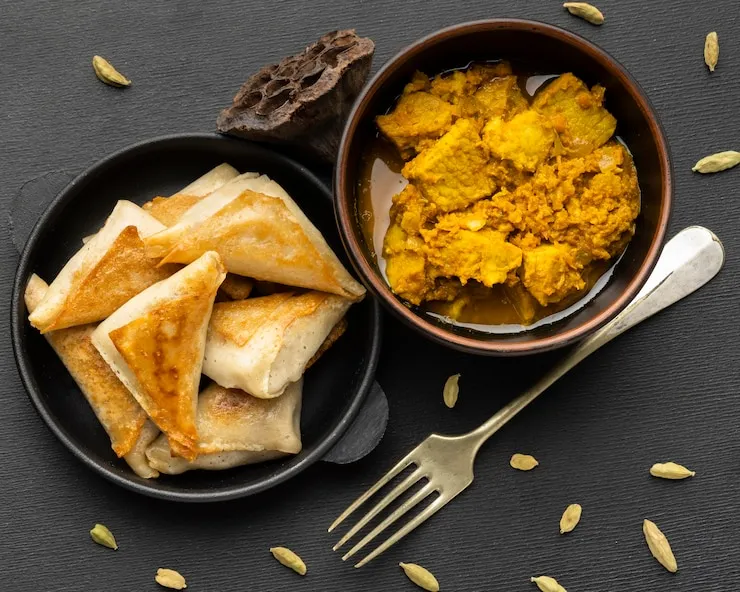
Okay, so Gujarati farsan isn’t just one thing. It’s a whole category.
Think of anything that’s salty, maybe spicy, and goes well with tea or lunch. That’s probably farsan.
Some examples? Sure:
- Dhokla – yellow, fluffy, and slightly tangy
- Khandvi – soft, rolled, almost too pretty to eat
- Fafda – crispy, slightly bitter strips
- Sev – that crunchy topping on, like, everything
- Patra, Ganthia, Handvo, the list goes on...
Sometimes steamed. Sometimes fried. Sometimes crunchy. Sometimes soft. One thing’s for sure: you’ll find at least one farsan in most Gujarati meals. No kidding.
Read Also: Why Mohanthal is Gujarat Most Loved Festival Sweet?
And Sweets? That’s a Whole Mood
Gujarati sweets are... wow. Rich. Milky. Floral. Ghee-soaked. Cardamom-heavy.
You’re talking things like:
- Basundi
- Shrikhand
- Mohanthal
- Ghari (especially in Surat)
- Lapsi
- Jalebi, of course. The king.
But here’s the twist—you don’t just eat these at the end of a meal. That’s the non-Gujarati way. In Gujarat, sweets land in your plate while you’re eating everything else. You might be chewing on a thepla and someone plops some sweet dish next to it. Normal. Expected.
Why Mix the Two?
Because balance. That’s it. Ask any Gujarati aunty and she’ll say, “Thodu meethu, thodu tikhu toh jame che.”
Translation? “A little sweet, a little spicy — that’s when it feels right.”
It’s in the culture. Farsan wakes up your mouth. Sweets calm it down. Then back again. It’s like a rhythm. A dance between sharp and smooth. And once you get used to it? There’s no going back.
Let’s Talk Breakfast First
If you're expecting cornflakes or toast, think again.
In a Gujarati home, Sunday breakfast is a full-on affair.
- Fafda-Jalebi combo: one of the weirdest, most beloved breakfast duos. You eat a salty crunchy fafda, then chase it with sticky, hot jalebi. No logic. Just vibes.
- Dhokla, Thepla, Handvo—all make regular appearances.
- Tea? Always. With some sev or gathiya on the side.
Sweets in the morning? Yes. Always. Not in huge quantities, but just enough to kickstart things.
Chai Time Farsan Time
Around 4 or 5 pm, something happens in Gujarati homes. The kitchen light flicks on, the kettle whistles, and suddenly—plates appear. It’s farsan time.
Things you’ll find on the table:
- Khakhra
- Nylon sev
- Masala peanuts
- Leftover dhokla from breakfast (maybe jazzed up with tadka again)
- Chivda
- Or even just fresh gathiya from the corner shop
You sip your tea. Munch on sev. Dip the khakhra if you’re bold. No sweets here. Not usually. Just savory. Simple.
Festivals Flip the Script
Here’s where sweets take center stage. Especially during:
- Diwali: it’s all about mohanthal, barfis, laddoos, and ghari
- Janmashtami: you’ll see panchamrut, makhan-mishri, and lapsi
- Raksha Bandhan, Uttarayan, even weddings—sweet is front and center
But wait—farsan doesn’t disappear. Nope. It just takes a side seat. During Diwali, people prepare a ‘faral’ platter—half sweets, half snacks. You’ll get chakli, mathiya, sev, and sakarpara, all in one box.
It’s about variety. Taste fatigue is real, and Gujarati moms know that.
Weddings? Bring Both. In Bulk.
Walk into a Gujarati wedding and you’ll see buffet counters longer than some roads. And the food? A perfect balance of spicy, tangy, salty, sweet.
Here’s how a plate might look:
- One or two farsans (maybe khaman and kachori)
- Main course: dal, shaak, roti, rice
- At least two sweets: basundi, jalebi, or maybe ras malai
- A drink, probably chaas (buttermilk)
- Something crunchy (because of course)
Why both? Because weddings are about showing love through abundance. Guests should feel full. And spoiled.
Pooja Time? Sweet Comes First
If there’s a religious function, sweets lead. Always.
Offerings to gods start with sugar, jaggery, or milk-based sweets. It’s tradition. It’s cultural. Sweet things are considered pure, calming, auspicious. Even if someone offers chivda or farsan later, that comes second. Sweets go first to God. Then to the family. Then to you.
Read Also: Why Bhakri and Fafda-Jalebi Deserve a Place in Your Healthy
What About Daily Meals?
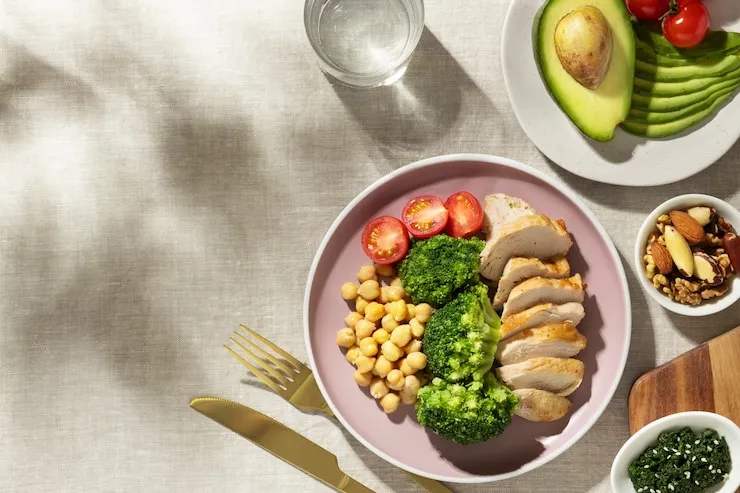
Funny thing about Gujaratis — even a regular Tuesday lunch can feel like a celebration.
You’ll often get:
- Shaak (vegetable dish)
- Rotli or bhakri
- A tiny bowl of dal or kadhi
- One farsan, maybe leftover, maybe frehly made
- And yup—one sweet dish, right there on the plate
People actually eat a spoon of sweet between bites of the salty stuff. Not at the end. Right in the middle. For some, it resets the tongue. For others, it’s just comfort.
Gujarati food doesn’t play by one rule. There’s no “sweet comes last” here. It comes whenever it feels right. Sometimes in the middle of lunch. Sometimes at 7 a.m. with fafda. Sometimes right after kadhi. Sometimes before the rotli even hits the plate.It’s messy. It’s warm. It’s alive. And that’s why it works. So next time someone hands you a plate with both dhokla and shrikhand? Just nod. That’s how it’s supposed to be.



